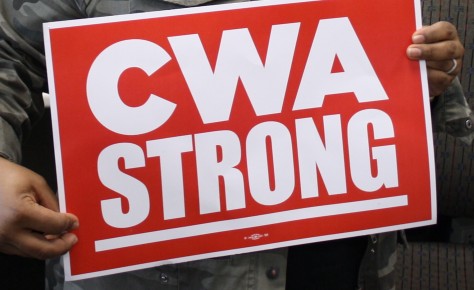Hispanic Heritage Month began as Hispanic Heritage Week, established by legislation sponsored by Rep. Edward R. Roybal (D-Los Angeles) and signed into law by President Lyndon Johnson in 1968. The commemorative weekwas expanded by legislation sponsored by Rep. Esteban E. Torres (D-Pico Rivera) and implemented by President Ronald Reagan in 1988 to cover a 30-day period (September 15 - October 15). It was enacted into law on August 17, 1988 on the approval of Public Law 100-402.
September 15 was chosen as the starting point for the celebration because it is the anniversary of independence of five Latin American countries: Costa Rica, El Salvador, Guatemala, Honduras and Nicaragua. All declared independence in 1821. In addition, Mexico, Chile and Belize celebrate their independence days on September 16, September 18, and September 21, respectively.
Hispanic Heritage Month (HHM) also celebrates the long and important presence of Hispanic and Latino Americans in North America. A map of late 18th-century North America shows this presence, from the small outpost of San Francisco founded in Alta California in 1776, through the Spanish province of Texas with its vaqueros (cowboys), to the fortress of St. Augustine, Florida - the first colonial settlement in North America, founded in 1513, ninety-four years before the English landed in Jamestown, Virginia.


